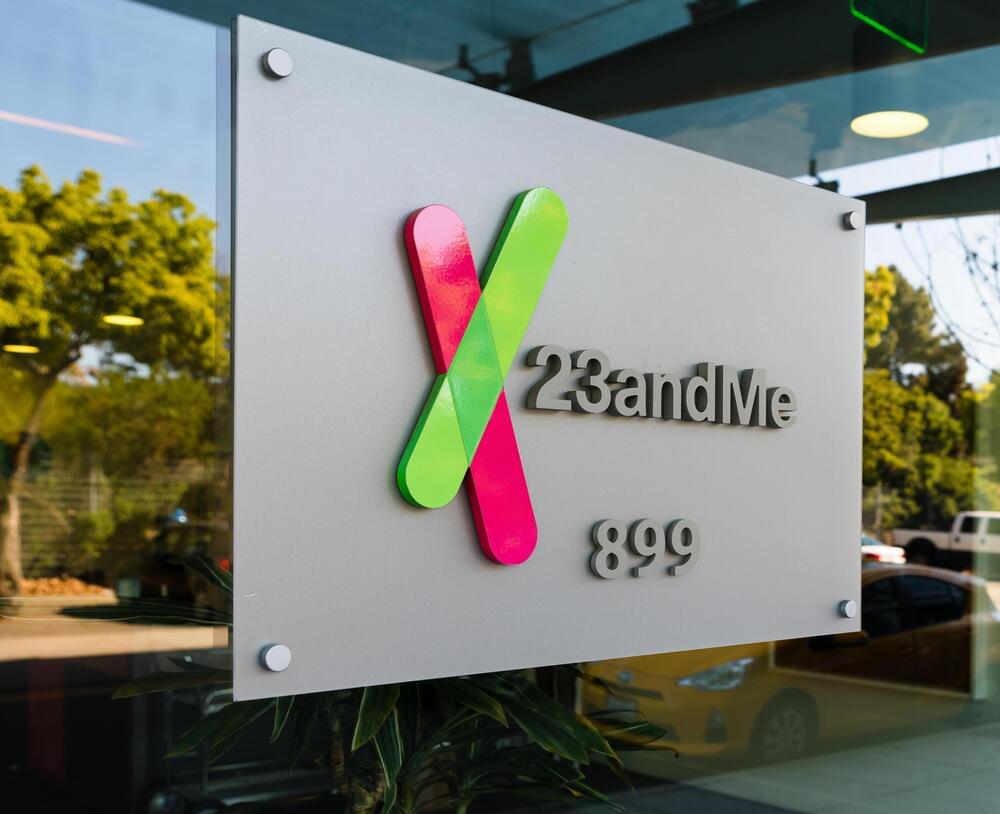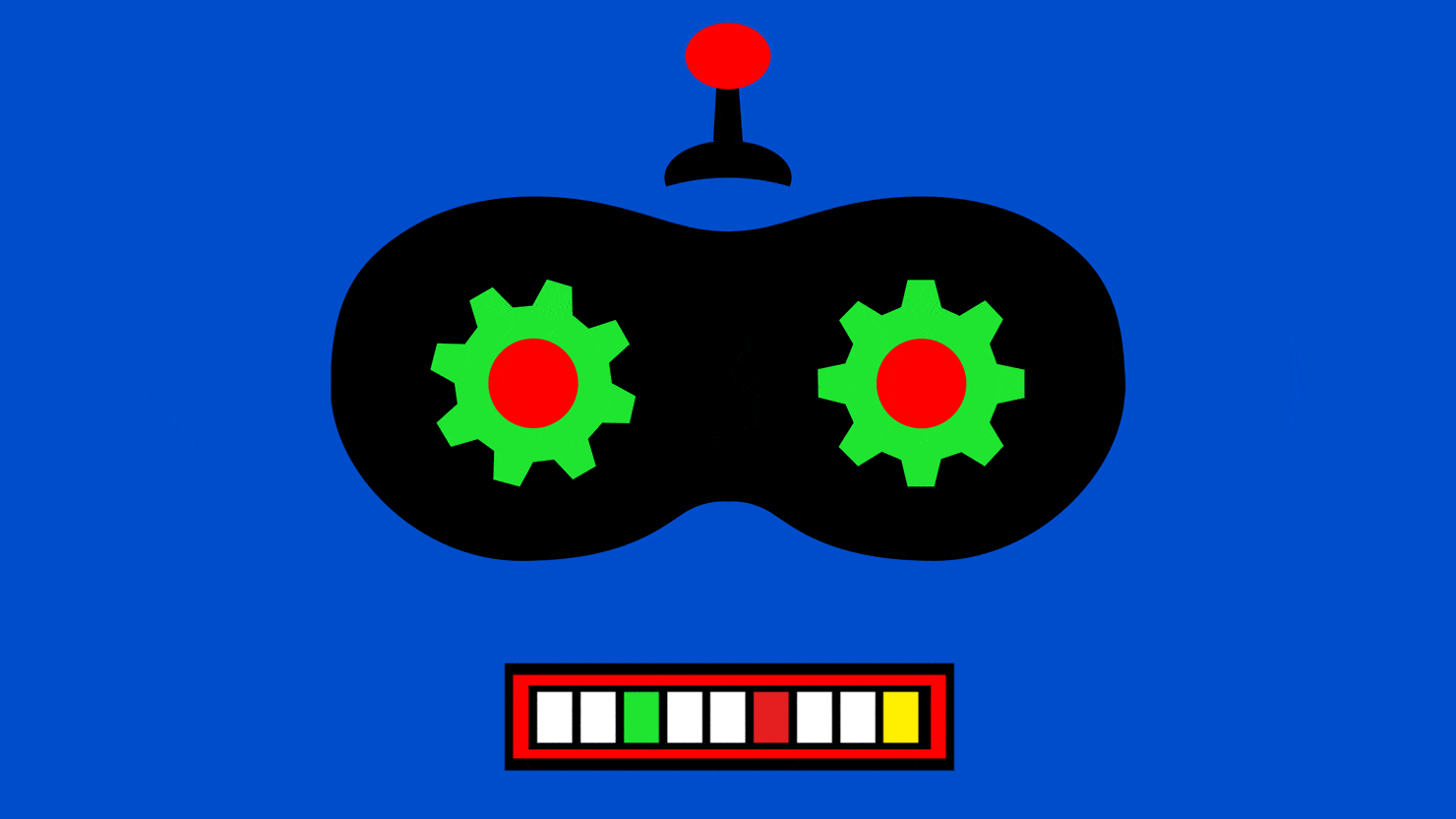The company has engineered an all-electric vertical take-off and landing jet, designed to offer leading capacity, low noise, and high performance with zero operating emissions, to the note of ten million dollars.
A German electric aviation company, Lilium, is preparing to make a bold entry into the United States market with its Electric Vertical Takeoff and Landing (eVTOL) aircraft. The company announced its partnership with Texas-based full-service air brokerage and management company, EMCJET, to tap into the private jet market, in a statement.
Lilium.
Lilium envisions a zero emission future where elite travelers, including corporate executives and existing private jet owners, can seamlessly connect from their local airport to their destination, avoiding congested airspace and reducing their carbon footprint. “It’s a great helicopter replacement,” said the head of partnerships and network in Lilium’s US-based office, Matthew Broffman, to The Verge.









